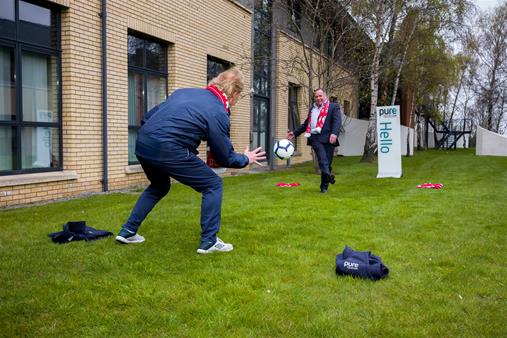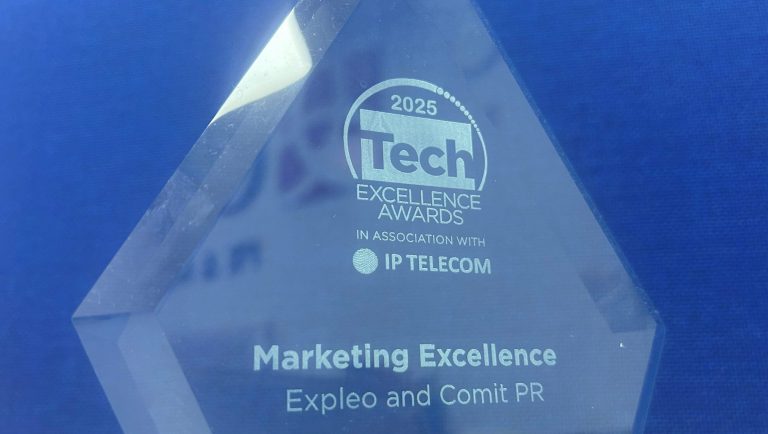With the world of social media, 24-hour news cycles and digital desks, Public Relations has gone through a transformation in recent years. However, the PR tools that you need for a successful campaign have remained largely unchanged.

Many of the approaches and resources that PR professionals have used for many years that are still as relevant as ever. When it comes to certain aspects of the business, the same rules still apply.
So, what are these tools that we at Comit just cannot live without? Here are our top four PR tools:
1. An up-to-date media list
Keeping an up-to-date – and GDPR compliant – media list with journalist contact details should be the first item in your PR toolkit. Journalists often move from one publication to another, so keeping your ear to the ground and taking note of any role changes will help you when issuing press releases and pitching clients for media interviews.
By ensuring you have a comprehensive media list you can maximise your coverage, build relationships with journalists and ensure happy and satisfied clients! This list should contain information about each journalists’ interests and how and when they prefer to be contacted.
2. Someone with a good relationship with the journalist
The worlds of PR and journalism are similar- they are both fast-paced and busy. Working as part of the news cycle means journalists are always looking for the next big story, something that will resonate with their audience. Take care to consistently produce strong and engaging releases. This will lead journalists to trust your statements and news angles, and they will know that your work is relevant and of a high standard.
As a PR professional, you will need to build up a strong connection with members of the media, particularly those who focus on your industry. Having someone on the team with relationships with the right journalists is one of your most useful PR tools.
3. A well-written pitch
Want to capture the attention of a journalist or radio producer? A stellar pitch will grab the reader within the first few lines and will encourage them to keep reading. You should identify the key news line and build a pitch around it while paying great attention to detail. Ask yourself: Why would this journalist be interested in this story?
It is also vital to ensure that your pitch is easy for a journalist to read through. It needs to be properly positioned. Revising and re-reading your piece before sending it out can make the difference between coverage or not for your client or company.
4. Use high-res photos
Issuing a press release or pitching a client for an interview in print? Many journalists will request captioned photographs to accompany whatever it is that you are issuing. Rather than using stock photos, most publications want to feature eye-catching or creative photography alongside a story.
Creative shots can be a great way to get eyes on your client’s story, boost interest in their business and ultimately drive growth in the company. Become familiar with the images that certain target publications like to use and incorporate these into your next photography brief.

Of course, there are number of other PR tools at our fingertips that we use on a daily basis such as social media, clippings agencies and remote working tools. These are used to access information whenever and wherever we are. However, as the years have gone on, we have found these above itemised PR tools to be the most important for any PR professional, regardless of their industry or level of seniority.
If you would like to find out more about any of these PR tools, you can speak to a member of the Comit to discuss how PR can be applied to your business, you can contact us here.






